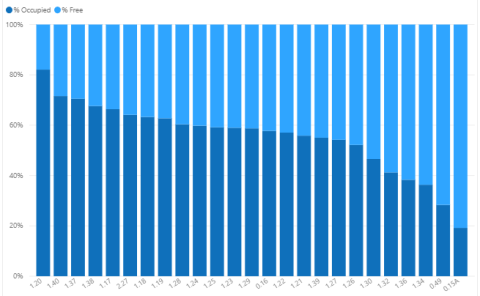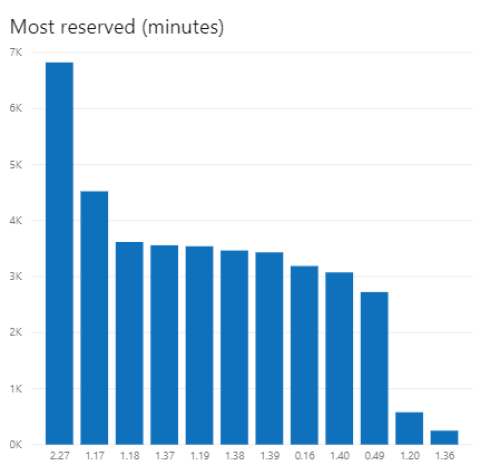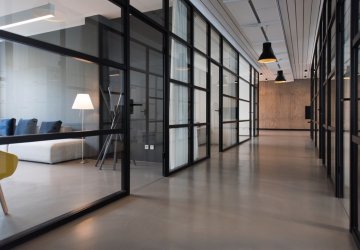
“To measure is to know” is an old Dutch proverb (“meten is weten”) that sounds like a statement that leaves little room for doubt. In the age of the Internet of Things, we measure more than ever, which means our knowledge should increase as well, right?
Two years ago, at the Planon office in Nijmegen, the Netherlands, our meeting rooms were equipped with sensors to measure their actual occupancy as we implemented our own software solution for agile workplace management. When a meeting room is reserved, but people do not show up, or they leave early, the reservation is cancelled or shortened and the room becomes available for reservations again.
As a Product Manager for Planon’s newest analytics product, the Planon meeting room reservation system was a great test case to pull a dataset to analyze the benefits and efficiencies that Planon Connect for Analytics could bring to a facility manager who wants to support his or her decisions with real data.

The first chart shows the analysis of the real occupancy of the meeting rooms. With this chart, it appears that Room 1.20 is the most occupied meeting room.
That raised some eyebrows, I must admit, because it’s not a very nice meeting room. It has no windows, it doesn’t have its own thermostat – so it is often too hot or too cold, and it is near the office cafeteria, so it can be noisy at certain times of the day. How could this room be the most popular?

Figure 1 location of room 1.20
Then I looked at the amount of time the meeting rooms were reserved in the system. Room 2.27 topped the charts, followed by 1.17 and room 1.20 is almost at the bottom of the list!

Now, this is my data. To measure it is to know it. If I’d given this dataset to our UK colleagues who work in a different building and asked them to explain what was going on, they wouldn’t be able to. However, when I showed this data to my Planon colleagues who work on the same floor as room 1.20 in the Nijmegen office, they all knew exactly what was going on.
- “It’s because we make phone calls in there.”
- “If I need a quick quiet word with a colleague, I always go there.”
The first floor of our office has an open floorplan layout with flexible workplaces. Room 1.20 has glass walls, which means people can see if it is free or not, so it is used for those moments that require a bit of extra privacy or quiet.
Data is meaningless if you don’t know the context of your data. Planon’s Integrated Workplace Management System (IWMS) already provides a lot of context, but it’s the facility manager who is familiar with the data who can interpret it and draw the right conclusions.
Later this year, Planon will open a second office building in Nijmegen. With this data, Planon’s facility manager can ensure that this new office building will contain a better balance between flexible workspace, meeting rooms, and private workspace for the exact way our Nijmegen colleagues like to work and utilize the space.



















